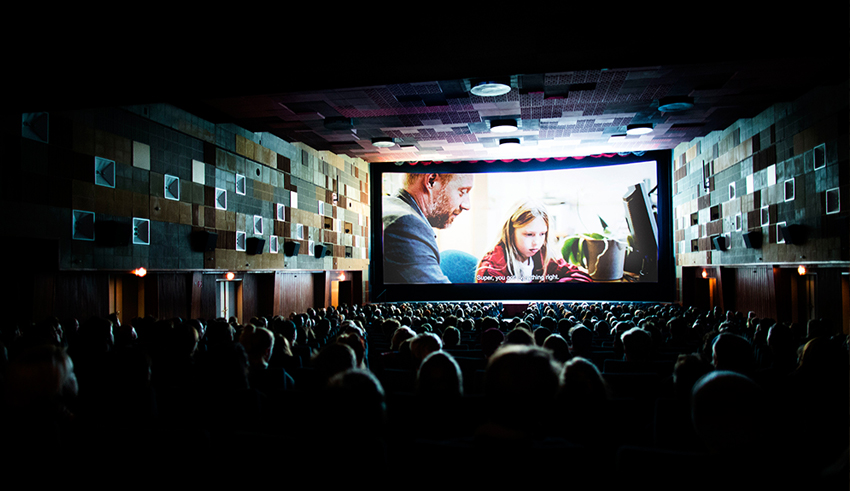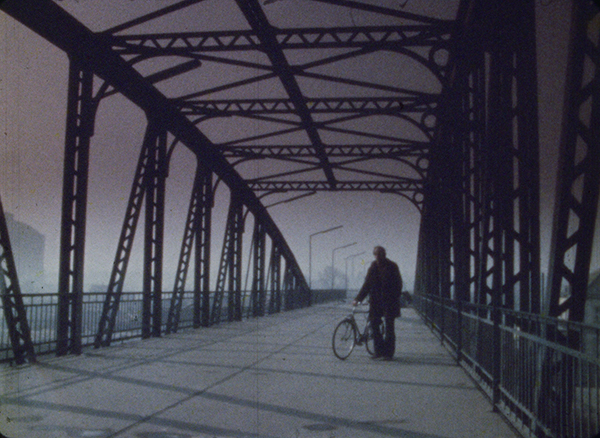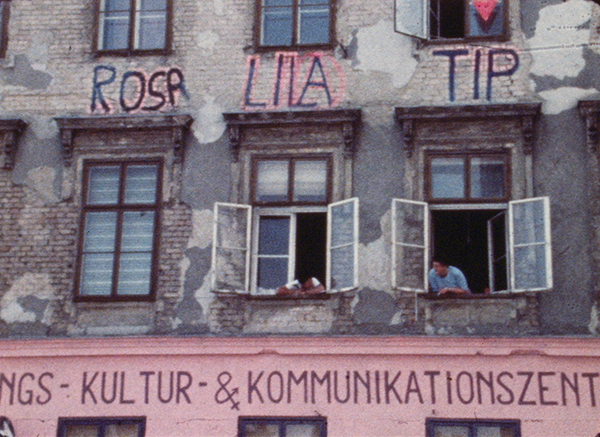An Archival Project of Film Academy Vienna
This academic year, the Department of Film and Television – Film Academy Vienna is celebrating 65 years of existence. And to this day, it remains Austria’s only university-level place of training for future film professionals, thus occupying a central place within Austrian film history. In recognition of its importance for present as well as past artistic and cultural output, a team of scholars and artists is now devoting a project to its history.

This project, which is being conducted by specialists from Film Academy Vienna’s Media and Film Studies programme, focuses both on the Film Academy’s institutional development and on the film output of its students while there. The history of Film Academy Vienna began back in the winter semester of 1951 with Austrian director and producer Walter Kolm-Veltée’s conception of a “Class for Cinematic Arts”. February 1952 then saw the establishment of a supplemental cinematic arts programme at what was then the Academy of Music and Performing Arts Vienna, with the two main subject areas of film acting and filmmaking. The curriculum at first envisioned three topics of instruction: film technology, applied psychology, and practical film work. And beginning with their first semester, students were given the opportunity to take part in practical filmmaking exercises as well as in the making of actual films.
Over the years that followed, this led to the involvement of graduates of the Class for Cinematic Arts in the production of several cultural films including the tourism film Österreich, dein Herz ist Wien [Austria, your Heart is Vienna] (1956), which featured Burgtheater ensemble member Hermann Thimig in the role of the “Eternal Viennese” and was produced by Kolm-Veltée’s film production company Wiener Kunstfilm.
The present research project first investigates the department’s history with a special focus on the period of its founding and on the historical contexts and conditions in which the films created at the Academy came to be. By going through the documentation held by the archive of the University of Music and Performing Arts Vienna as well as by speaking with former students and instructors, the intent is to answer institutional questions while also gaining insights into the specific practice of filmmaking at Film Academy Vienna.
Parallel to its culture-historical context analysis, this project is also working to reappraise and analyse the archive’s film holdings. The focus here is primarily on works created before 1990, all of which have been preserved on 16 mm film and are now kept at the Austrian Film Archives’ facility in Laxenburg. It is there that the Film Academy’s in-house archive was relocated nearly 30 years ago. The examination of these films with regard to technical factors and content, the selection of film-historically relevant works for digitalisation and/or long-term preservation, and these works’ marketing for retrospective programmes are further central objectives of the overall project.
Starting from a history of film as media archaeology, in accordance with which this is to be understood not as the sum of individual film documents but much rather as a non-linear sequence of synchronous (film) histories, the question will be as to the plurality of film output and its culture-historical and cinematological potential. In doing so, the diversity of filmic practices as well as their specific local historical contexts are to be given closer attention.
These days, with graduates such as Götz Spielmann, Wolfgang Murnberger, Barbara Albert, and Jessica Hausner, Film Academy Vienna is known above all as a cradle of Austrian auteur filmmaking. The students who participated in the production of the film Österreich, dein Herz ist Wien, on the other hand, were kept anonymous. That project was led by the directing and production professor Kolm-Veltée, and the end result—much like the then-popular Heimatfilm genre— constructed an image of Vienna as a city of comfortable ease and good cheer, a place in which modernism occurred only in its mildest forms (as seen in the Ringturm building and the Opernpassage). In this film, both the war and post-war reconstruction were completely ignored.
The first films to be digitalised
All about nothing (1969)
In his 1969 film All about nothing, Peter Sämann—now a well-known television director—sends the student Jedermann through the city’s streets and subterranean party locations. Jedermann injects heroin and dies a symbolic death, only to be resurrected with a maximum of ennui. The motto here: “There are some days that just aren’t.”
Prokop Decending (1976)
Long before music videos had become their own discipline, a collective of Film Academy students gathered in a classroom in 1976 in order to announce that they had combined lyrics by songwriter Herbert Maly with images from his life. This gave rise to the nearly 15-minute filmic song Prokop Decending. Maly, a figure unfamiliar even to experts, makes his curious and vividly depicted way through a Vienna of substandard housing and miserable-looking empty lots around the Gasometer facility, then still of a character that has since been completely obliterated by recent redevelopment projects.
Rosa lila Villa (1984)
Beyond being an impressive documentary, Tamara Euller’s 1984 film Rosa Lila Villa is an important document of recent history. In a way that is both poetic and intimate, Euller portrays the inhabitants of this pioneering institution that made gay and lesbian life in Vienna visible for the first time. The film’s protagonists primary concerns are their struggle for social equality along with the threatening possibility that the city could eliminate funding for their young institution, which had been founded just two years prior.




